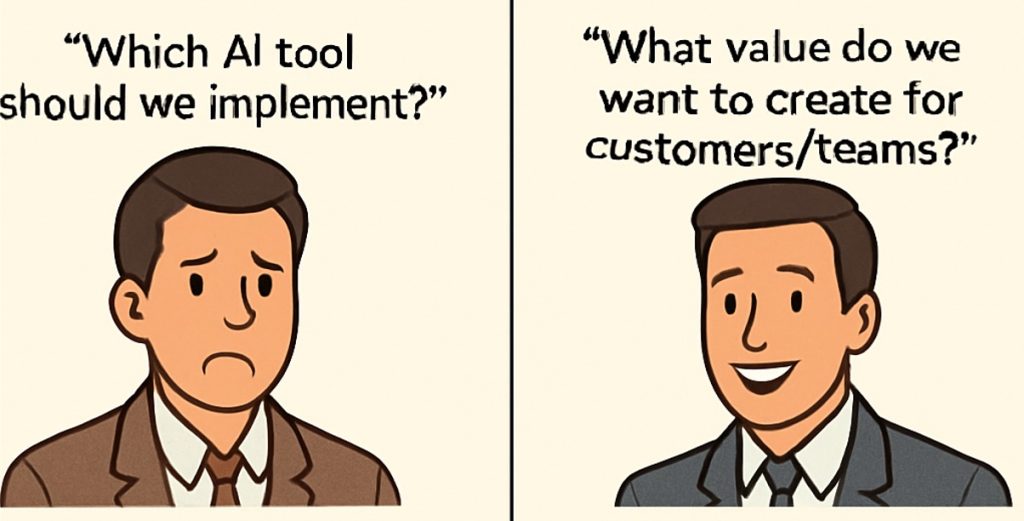In the blogpost on overmanaging leaders and needy employees, we said that one of the key strategies to avoid creating needy employees is to empower them and give them autonomy. Now, while giving autonomy to our associates, we need to set the right kind of boundaries for them to ‘autonomy’ themselves in, and also make them understand that as long as they operate within those boundaries (establish guardrails), even if they fail (fall) the management will stand by them (there is a safety net for them to fall into). This means that while leaders should intervene in their associates’ decision making as little as possible, there are certain times and certain situations where a leader or a manager has to intervene and intervene strongly.
The challenge of the week is for you to identify some of these situations – situations where a manager or a leader needs to intervene strongly to ensure that their teams’ decisions do not run counter to the organisation’s values and strategies.
Solution
When should leaders intervene? Some scenarios are given below. I am sure you can think of many others.
If, for example, a team’s environment becomes toxic, then leaders should intervene strongly. That is, say, one of the team members of this team is so domineering that others are cowed down and are not able to contribute properly. This would be a toxic environment. Of course, here the manager should not step in and start taking decisions themselves. That would run counter to the transformational leadership paradigm. But they could talk to the domineering person, or even introduce another team member who can stand up to this domineering person and probably neutralize the toxic effect.
Another scenario is when the team is thrashing around. That is, they are not able to come to any conclusion regarding a particular challenge, and they keep going back and forth. In this situation, leaders should be able to provide a nudge to the team to arrive at a decision.
Another situation to intervene would be to remove bottlenecks like individual ego coming in the way of teams organising themselves. Other bottlenecks include habits, values,





